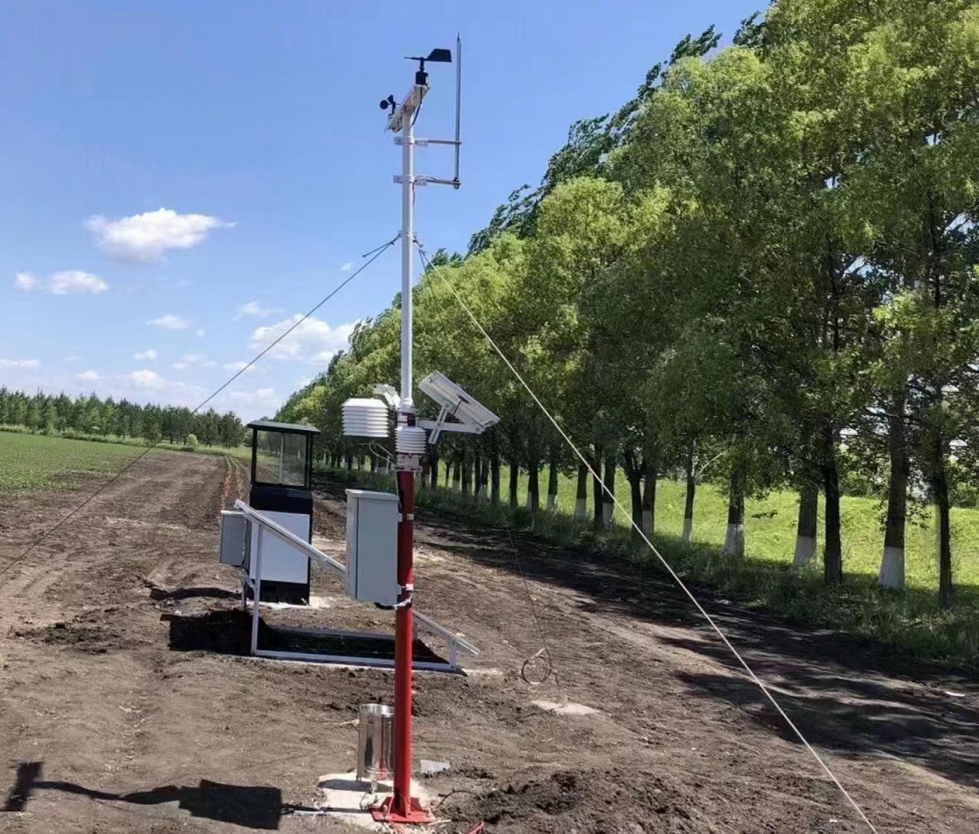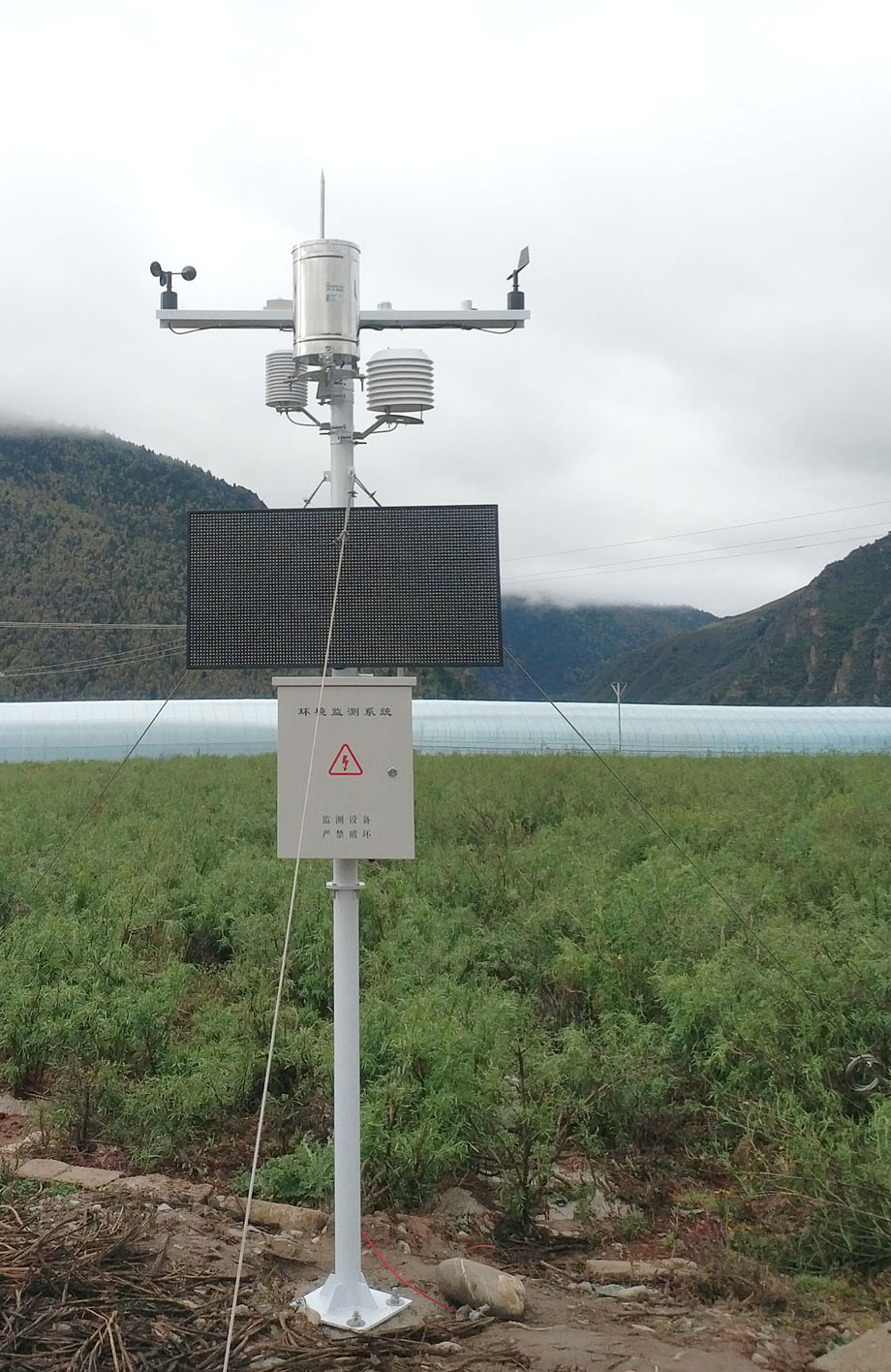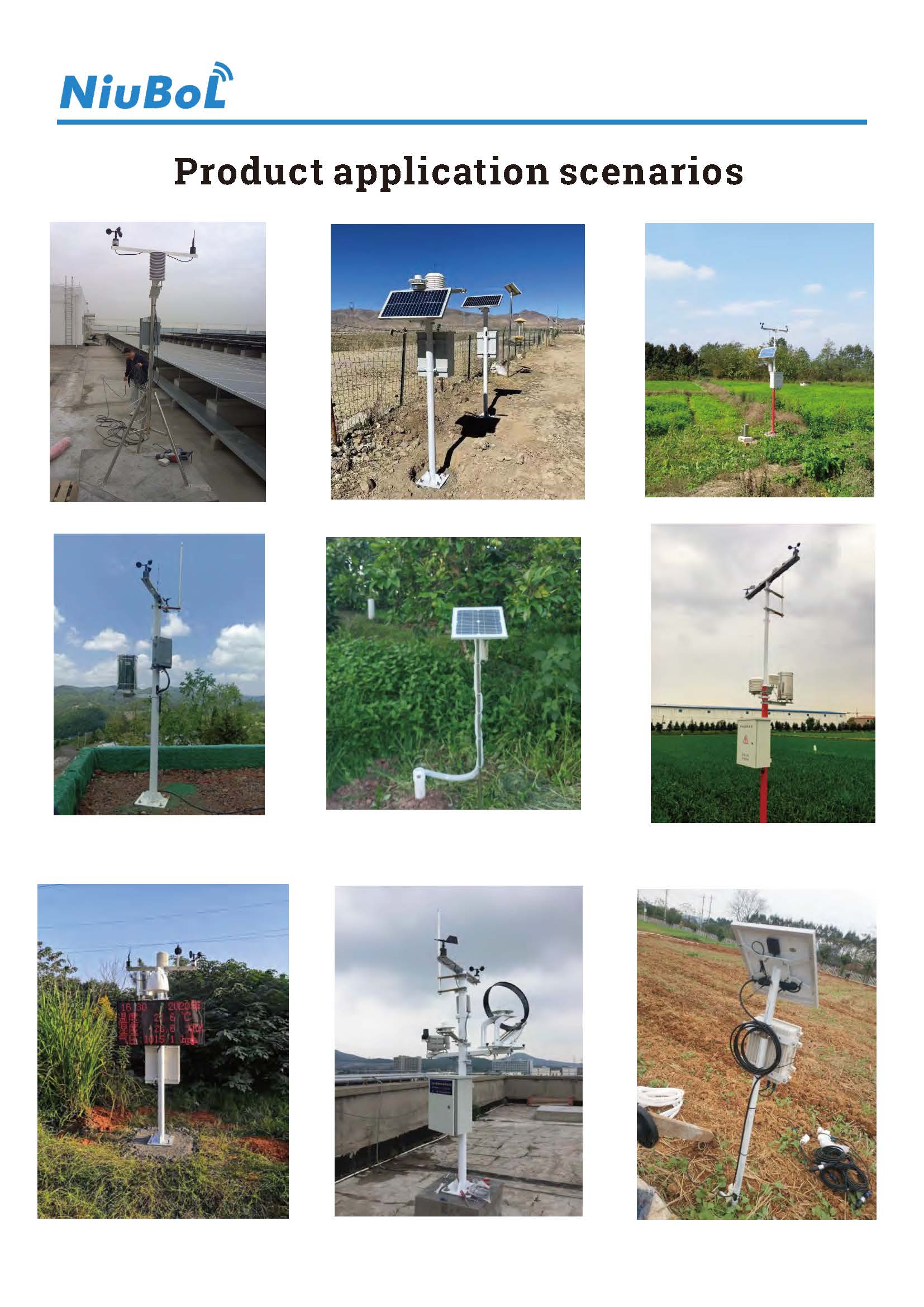

— Blogs —
—Products—
 Consumer hotline +8618073152920
Consumer hotline +8618073152920 WhatsApp:+8615367865107
Address:Room 102, District D, Houhu Industrial Park, Yuelu District, Changsha City, Hunan Province, China
Product knowledge
Time:2025-04-01 16:50:48 Popularity:67
In today's era, precise environmental data is crucial across various industries, and meteorological monitoring instruments have evolved into intelligent devices that integrate advanced technologies. By combining sensor technology, data processing, and communication systems, these instruments can provide real-time weather information to support a wide range of needs, from daily forecasts to disaster response. This article will delve into the functions, applications, and future potential of modern meteorological monitoring instruments, offering users a clear and detailed introduction.
Meteorological monitoring instruments are intelligent devices designed to measure and record atmospheric conditions. They are equipped with various sensors to capture data on temperature, humidity, atmospheric pressure, wind speed, wind direction, precipitation, visibility, and solar radiation. After processing, this data is transmitted to data centers for analysis, enabling accurate weather forecasting and scientific decision-making.
Compared to traditional tools, modern meteorological instruments are fully automated, supporting remote operation, self-calibration, and real-time data transmission. This technological leap significantly enhances the efficiency and accuracy of meteorological monitoring, making it suitable for various scenarios, from fixed stations to mobile emergency response.

Meteorological monitoring instruments come in various forms and can be deployed flexibly according to specific needs:
This is the most common type, widely distributed in cities, farmland, mountains, and coastal areas around the world. With fixed sensors, ground stations continuously collect data, laying the foundation for weather forecasting, climate research, and regional environmental monitoring.
With technological advancements, new devices like mobile meteorological monitoring vehicles and drones have emerged. They can be quickly deployed to disaster sites or remote areas to provide instant data, playing a critical role in emergency rescue and environmental assessments.
These diverse deployment methods ensure widespread coverage of meteorological data, meeting the needs of different scenarios.
Modern meteorological instruments stand out due to their advanced features. The key characteristics include:
They monitor multiple parameters, including temperature (reflecting air warmth or cold), humidity (affecting precipitation and comfort), pressure (indicating weather changes), wind speed and direction (important for aviation and energy use), as well as rainfall, evaporation, sunlight hours, and radiation intensity, providing complete environmental information.
Automatic operation and built-in calibration functions reduce human error, ensuring data quality remains consistent.
Through wireless networks and other technologies, data can be transmitted instantly to central systems or mobile devices.
Designed to withstand harsh conditions such as storms, extreme heat, or cold, ensuring long-term stable operation.
These features make them powerful tools for immediate responses and long-term planning.

The practicality of meteorological monitoring instruments spans multiple fields, delivering significant benefits:
By continuously monitoring temperature, humidity, wind speed, and rainfall, meteorological instruments provide accurate data to forecasters, improving the timeliness and reliability of weather predictions. This is critical for public safety, transportation, construction, and more.
Researchers use long-term data from these instruments to analyze climate trends, providing a basis for addressing global warming. They also serve as teaching tools, helping students learn about meteorological observation practices.
In agriculture, these instruments track microclimate conditions (such as temperature, humidity, and light), guiding irrigation, fertilization, and planting schedules, thus improving crop yields. They also provide early warnings of extreme weather to protect agricultural production.
In addition to weather data, these instruments monitor air quality and radiation levels, supporting pollution control and ecological protection, and helping with environmental management decisions.
Mobile monitoring devices provide real-time data during floods, hurricanes, wildfires, and other events, assisting in evacuation coordination and resource allocation, minimizing losses.
From daily life to emergencies, these instruments provide essential insights, driving better outcomes.

With technological advancements, meteorological monitoring instruments are set to have even greater potential:
Networking systems will enable seamless data sharing, enhancing collaboration and accessibility.
AI analysis will optimize forecasting models, offering more precise weather and environmental insights.
Processing vast amounts of data will reveal trends and improve climate and agricultural strategies.
More compact devices will expand deployment possibilities, especially in remote areas.
These innovations will drive meteorological monitoring toward a smarter, more precise future.

Meteorological monitoring instruments are not just technological products, but also drivers of societal progress. They help forecasters predict storms, farmers optimize crop production, and governments protect communities. By providing real-time, accurate data, they serve as a bridge between environmental changes and human responses.
For global businesses and organizations, these devices mean better planning, lower risks, and optimized operations. As climate challenges intensify, their role in enhancing resilience and sustainability becomes increasingly important.

Meteorological monitoring instruments have revolutionized how we perceive and respond to environmental conditions. With cutting-edge sensors, automation, and connectivity, they continuously provide data that supports forecasting, research, agriculture, and disaster management. As technology progresses, these devices will remain at the forefront of environmental intelligence, offering practical solutions for a changing world. Whether you're involved in science, agriculture, or policymaking, these instruments are reliable entry points for data-driven decision-making.
Prev:Photovoltaic Monitoring Meteorological Stations: Intelligent Tools for Enhancing Solar Efficiency
Next:Campus Meteorological Stations: Intelligent Window Connecting Nature and Education
Related recommendations
Sensors & Weather Stations Catalog
Agriculture Sensors and Weather Stations Catalog-NiuBoL.pdf
Weather Stations Catalog-NiuBoL.pdf
Related products
 Combined air temperature and relative humidity sensor
Combined air temperature and relative humidity sensor Soil Moisture Temperature sensor for irrigation
Soil Moisture Temperature sensor for irrigation Soil pH sensor RS485 soil Testing instrument soil ph meter for agriculture
Soil pH sensor RS485 soil Testing instrument soil ph meter for agriculture Wind Speed sensor Output Modbus/RS485/Analog/0-5V/4-20mA
Wind Speed sensor Output Modbus/RS485/Analog/0-5V/4-20mA Tipping bucket rain gauge for weather monitoring auto rainfall sensor RS485/Outdoor/stainless steel
Tipping bucket rain gauge for weather monitoring auto rainfall sensor RS485/Outdoor/stainless steel Pyranometer Solar Radiation Sensor 4-20mA/RS485
Pyranometer Solar Radiation Sensor 4-20mA/RS485
Screenshot, WhatsApp to identify the QR code
WhatsApp number:+8615367865107
(Click on WhatsApp to copy and add friends)